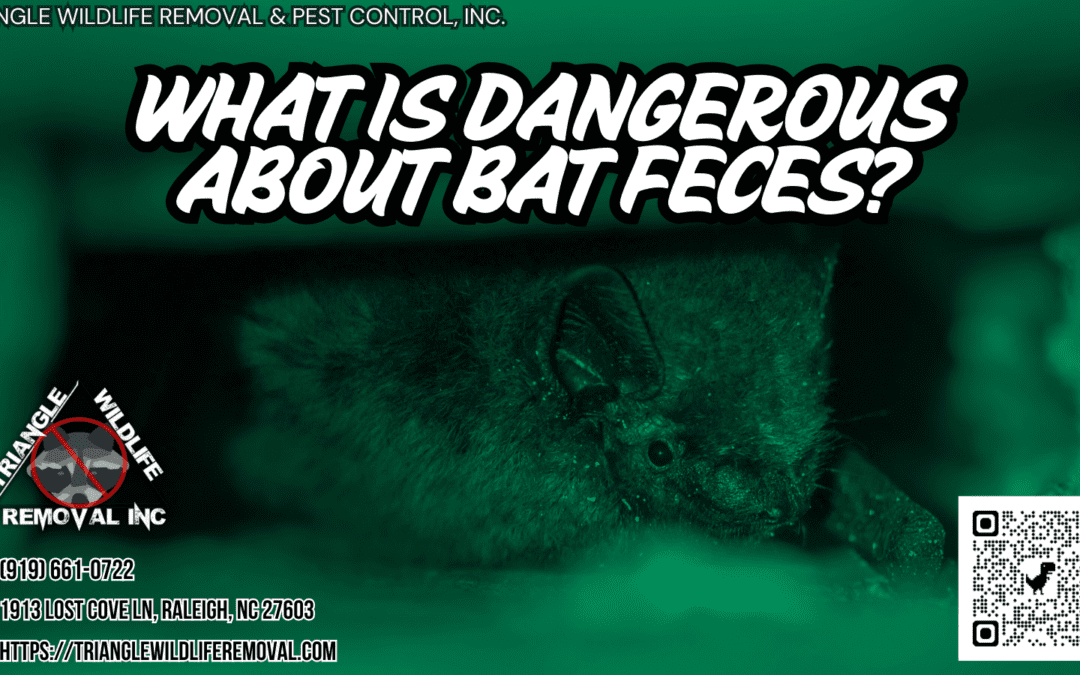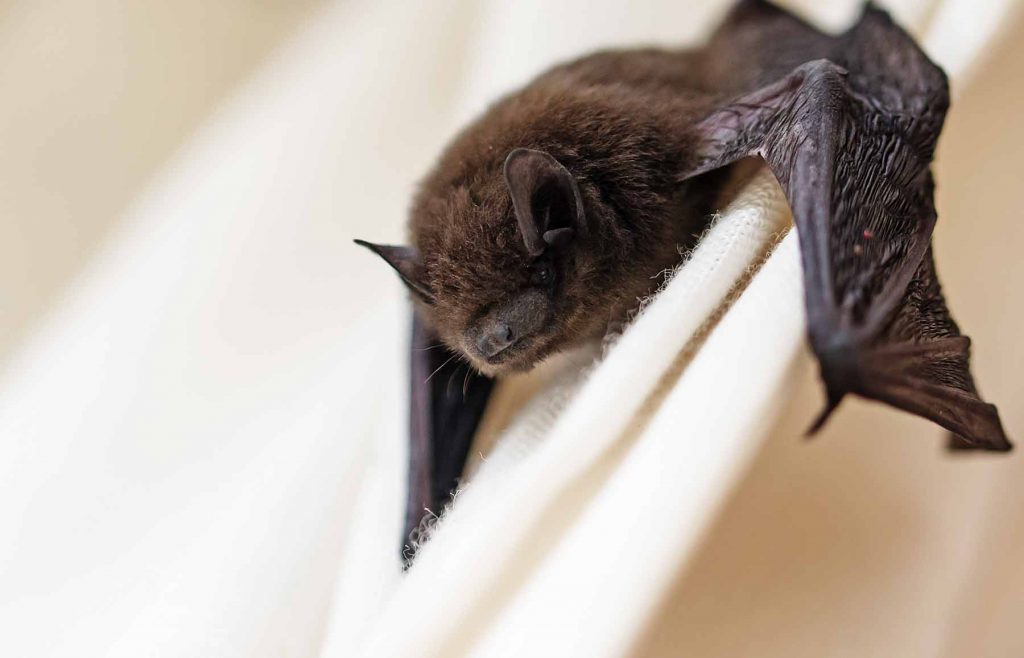Bat feces, also known as guano, may seem harmless at first glance, but it poses numerous dangers that cannot be overlooked. From the transmission of diseases to the presence of toxic substances, the risks associated with bat feces are not to be taken lightly. Furthermore, the inhalation and respiratory risks, as well as the potential for allergic reactions and sensitivities, make contact with bat feces a hazard for both humans and animals. Additionally, the structural damage caused to buildings by the accumulation of guano is a concern that should not be ignored. In this discussion, we will explore the various dangers associated with bat feces and shed light on why it is crucial to address this issue promptly and effectively.
Key Takeaways
- Bat guano can transmit zoonotic infections, including histoplasmosis and rabies, to humans.
- Inhalation of airborne pathogens and fungal spores in bat guano can lead to respiratory infections and potentially chronic respiratory conditions.
- Bat guano contains allergens that can trigger respiratory symptoms and skin irritation, and release harmful odors and gases.
- Accumulation of bat droppings can cause structural damage to buildings and attract other pests, compromising the integrity of the structure.
Transmission of Diseases
Bat feces, also known as guano, can pose a significant risk to human health due to the potential transmission of various diseases. Zoonotic infections, which are diseases that can be transmitted between animals and humans, are a major concern when it comes to bat guano. Bats are known carriers of several viruses, bacteria, and parasites that can cause illnesses in humans.
One of the most well-known zoonotic infections associated with bat guano is histoplasmosis. Histoplasmosis is caused by inhaling spores of the fungus Histoplasma capsulatum, which is commonly found in bat droppings. When disturbed, these spores can become airborne and be inhaled by humans, leading to respiratory symptoms such as cough, fever, and chest pain.
Another public health concern related to bat guano is the potential transmission of rabies. Bats are natural reservoirs for the rabies virus, and their feces can contain the virus. If a person comes into contact with bat guano and has an open wound or mucous membrane exposure, there is a risk of contracting rabies.
Presence of Toxic Substances
In addition to the transmission of diseases, another significant concern associated with bat guano is the potential presence of toxic substances. Bat guano, or bat feces, contains high levels of nitrogen, phosphorus, and potassium, which make it a valuable fertilizer. However, it can also contain harmful contaminants such as heavy metals and pathogens.
One of the main risks of bat guano is soil contamination. When bat droppings accumulate in large quantities, they can release excessive amounts of nitrogen and phosphorus into the soil. This can lead to nutrient imbalances, affecting the natural balance of ecosystems and potentially harming plant and animal life. Additionally, the presence of heavy metals in bat guano, such as lead or mercury, can contaminate the soil and pose a risk to human health if the contaminated soil is used for agriculture or gardening.
Another concern is the potential for water pollution. Heavy rainfall or irrigation can wash away bat guano from rooftops, caves, or other roosting areas, carrying the contaminants into nearby water sources. This can lead to the contamination of rivers, lakes, or groundwater, affecting the quality of drinking water and potentially harming aquatic organisms.
To mitigate the risks associated with bat guano, it is important to handle and dispose of it properly. This may involve using protective equipment, such as gloves and masks, when cleaning up bat droppings, and following guidelines for safe disposal. It is also crucial to regularly monitor soil and water quality in areas where bat guano is present to ensure the health and safety of both humans and the environment.
Inhalation and Respiratory Risks
Exposure to bat guano can pose significant inhalation and respiratory risks due to the presence of airborne pathogens and fungal spores. Inhalation of these contaminants can lead to respiratory infections and cause long-term health effects.
When bat guano dries, it can crumble into dust-like particles that become easily airborne. As a result, individuals working or living in environments with bat infestations are at risk of inhaling these particles. The airborne pathogens and fungal spores present in bat guano can enter the respiratory system and cause a range of respiratory infections, including histoplasmosis, a potentially serious lung disease.
Histoplasmosis is caused by the inhalation of spores from the fungus Histoplasma capsulatum, which thrives in bat guano. Symptoms of histoplasmosis can vary from mild flu-like symptoms to severe respiratory distress, particularly in individuals with weakened immune systems. In some cases, the infection can spread beyond the lungs and affect other organs, leading to more severe complications.
Furthermore, long-term exposure to bat guano can have lasting health effects. Prolonged inhalation of the airborne pathogens and fungal spores can increase the risk of chronic respiratory conditions such as asthma, bronchitis, and chronic obstructive pulmonary disease (COPD). These conditions can significantly impact an individual’s quality of life and require ongoing medical management.
To protect against these inhalation and respiratory risks, it is essential to take proper precautions when dealing with bat guano, such as wearing protective clothing, using respiratory protective equipment, and ensuring proper ventilation in affected areas. Regular cleaning and removal of bat guano should be carried out by professionals experienced in handling hazardous materials to minimize the risk of exposure.
Allergic Reactions and Sensitivities
Individuals who come into contact with bat guano may experience allergic reactions and sensitivities. The presence of bat feces in indoor or outdoor environments can pose health risks to those who are susceptible. Bat guano contains a variety of allergens, such as fungal spores, bacteria, and parasites, which can trigger allergic reactions in sensitive individuals.
Allergic reactions to bat guano can manifest as respiratory symptoms, such as coughing, wheezing, and shortness of breath. Some individuals may also experience skin irritation or develop allergic dermatitis upon contact with the feces. These allergic reactions can range from mild to severe, depending on the individual’s sensitivity.
Furthermore, the environmental impact of bat guano should not be overlooked. When bat feces accumulate in large quantities, it can release harmful odors and gases, including ammonia. These gases can irritate the respiratory system and worsen symptoms in individuals with pre-existing respiratory conditions.
To minimize the risk of allergic reactions and sensitivities, it is important to avoid direct contact with bat guano. If bat feces are discovered in or around a living space, it is recommended to contact a professional wildlife removal service to safely remove the guano and clean the affected area. Regular cleaning and maintenance of areas where bats may roost can also help prevent the accumulation of guano and reduce the associated health risks.
Structural Damage to Buildings
Bat guano can cause significant structural damage to buildings over time. The accumulation of bat droppings can lead to building deterioration, posing serious health hazards. The acidic nature of bat guano can corrode and weaken building materials, such as wood, metal, and concrete. This can result in structural instability, compromising the integrity of the entire building.
To better understand the potential impact of bat guano on buildings, consider the following table:
| Building Material | Effects of Bat Guano |
|---|---|
| Wood | Rotting, weakening |
| Metal | Corrosion, rust |
| Concrete | Deterioration |
As bat guano accumulates, it creates an ideal environment for bacteria and fungi to thrive. These microorganisms release enzymes that break down organic matter, exacerbating the deterioration of building materials. Additionally, the presence of bat guano attracts other pests, such as insects and rodents, which can further damage the structure.
The structural damage caused by bat guano not only compromises the safety of the building but also increases the cost of maintenance and repairs. It is crucial to address bat infestations promptly to prevent further deterioration and potential health risks. Regular inspections and professional removal of bat guano are essential to maintain the integrity of buildings and ensure the well-being of occupants.

